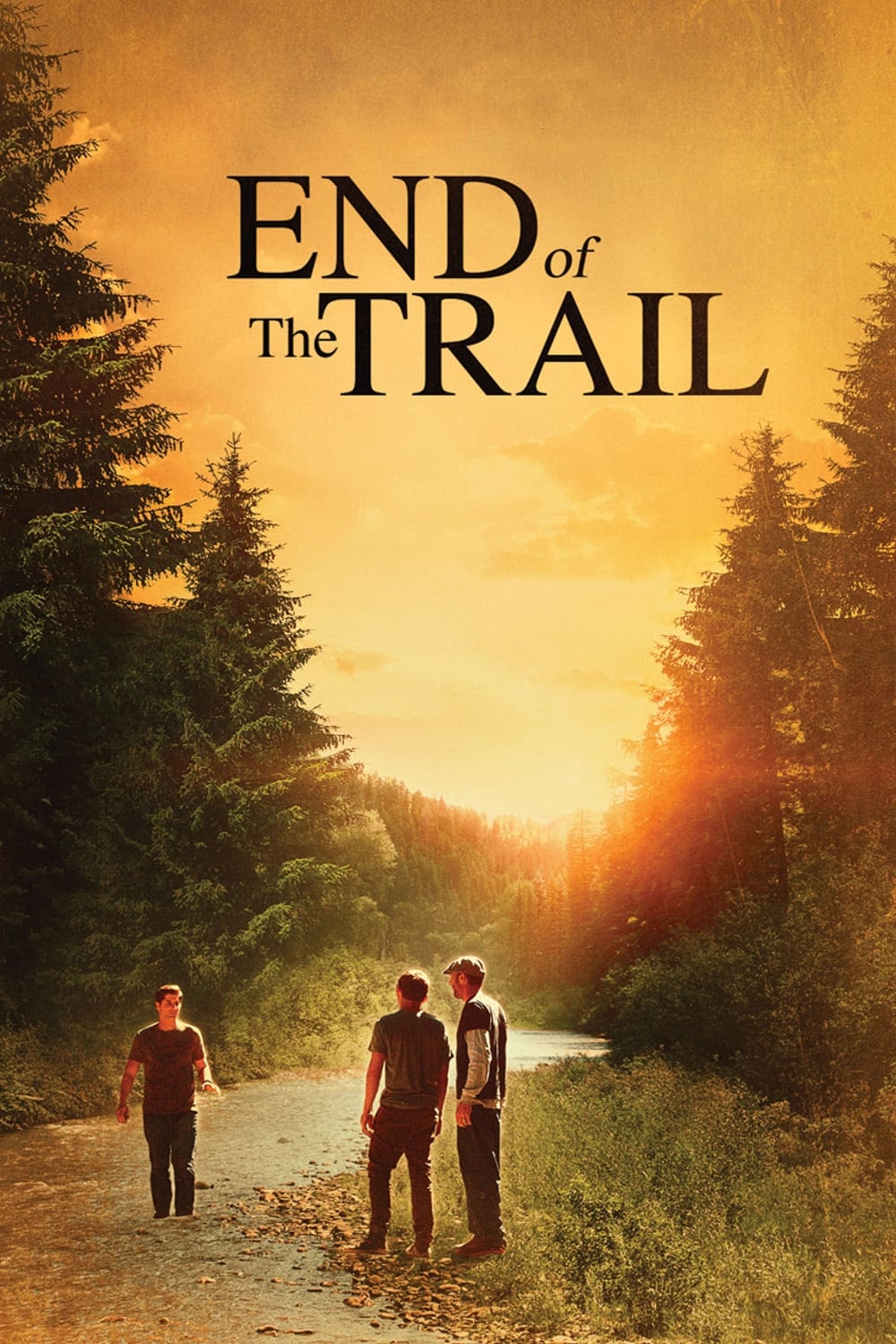
End of the Trail (2019) Posters — The Movie Database (TMDb)
Explore the West The End of the Trail as an American Icon The End of the Trail, the magnificent iconic statue standing in the entry of the National Cowboy & Western Heritage Museum signifies a Native American and his horse, both weary in body and spirit at the end of their journey.
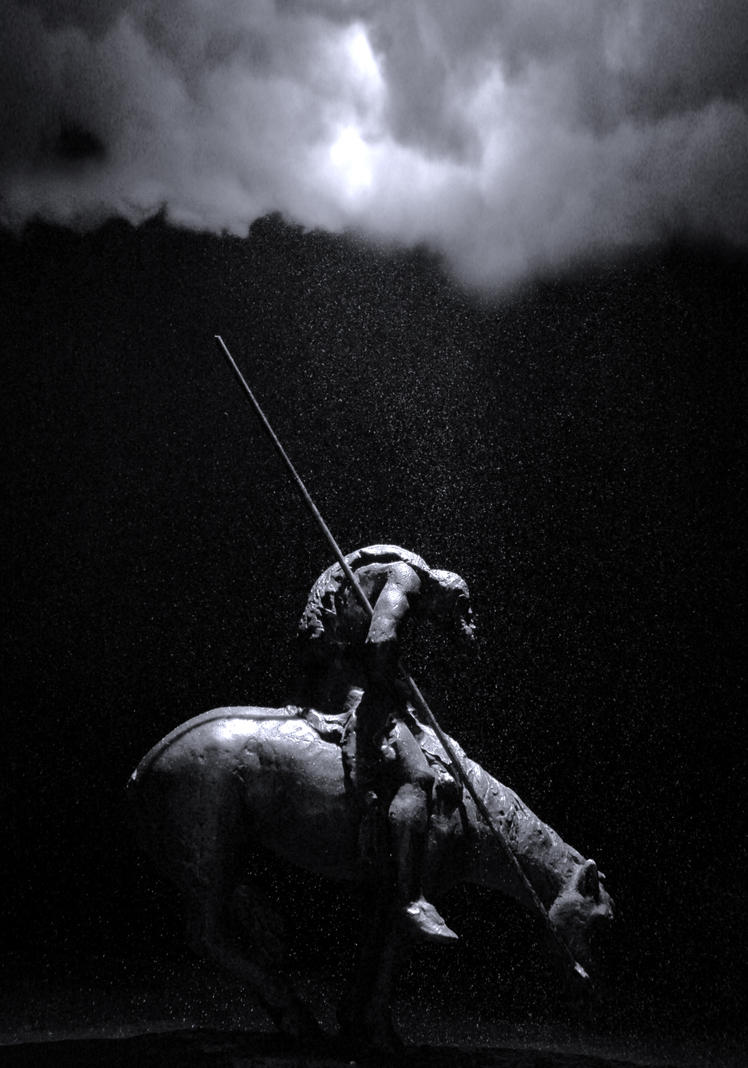
End of the Trail by NorthOne on DeviantArt
1 / 10. 10. Chicago Bears - Amarius Mims (OL) Although Ohio State football is red hot on the recruiting trail, there will be some misses. One of those happened during the All-American Bowl, as.
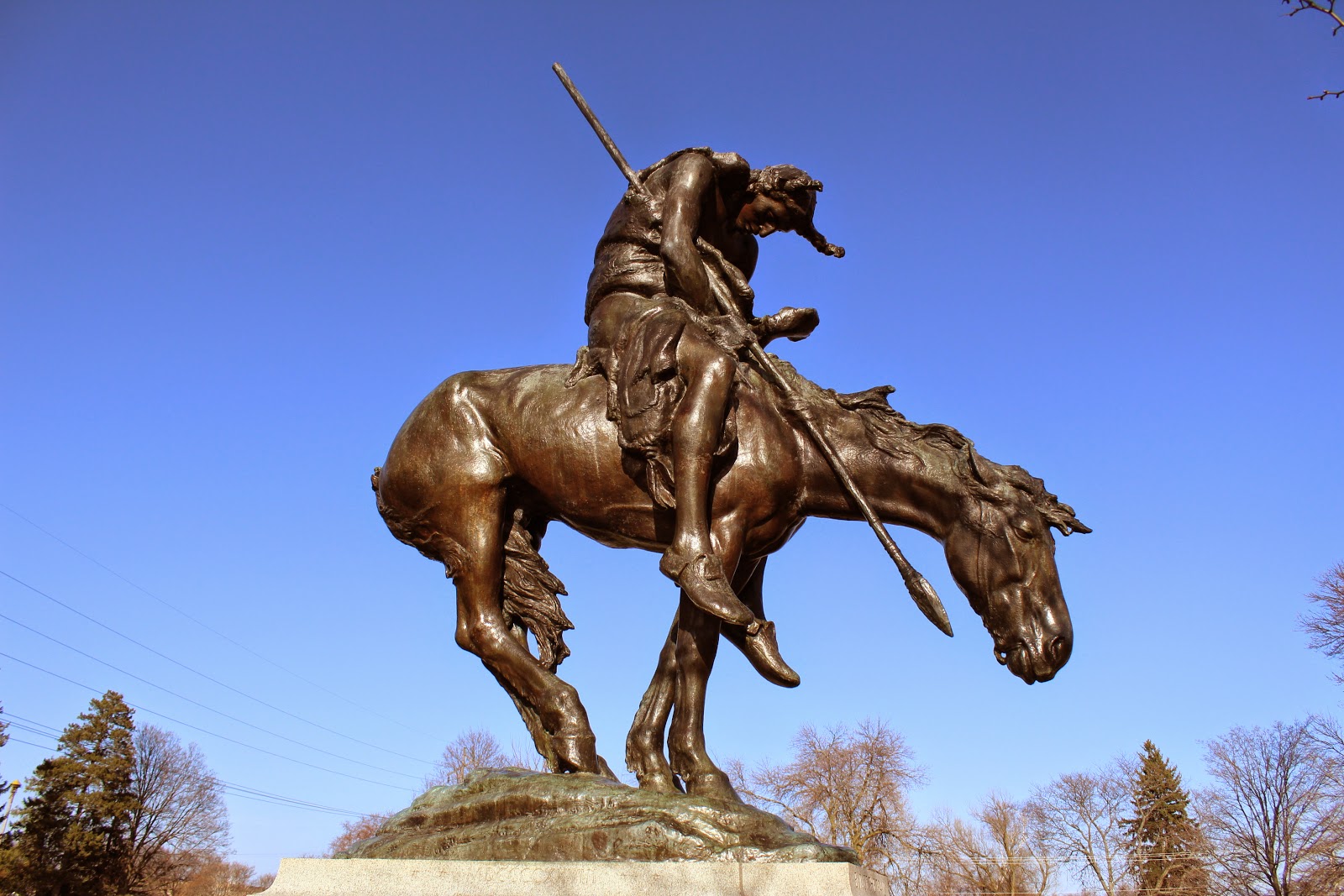
End of Trail
Today, an online image search for "End of the Trail" returns tens of thousands of results, as the work has been endlessly reproduced in paintings and in prints, on posters, T-shirts, pins, bags, belt buckles, and bookends. It was even featured on the cover of The Beach Boys 1971 album Surf's Up.
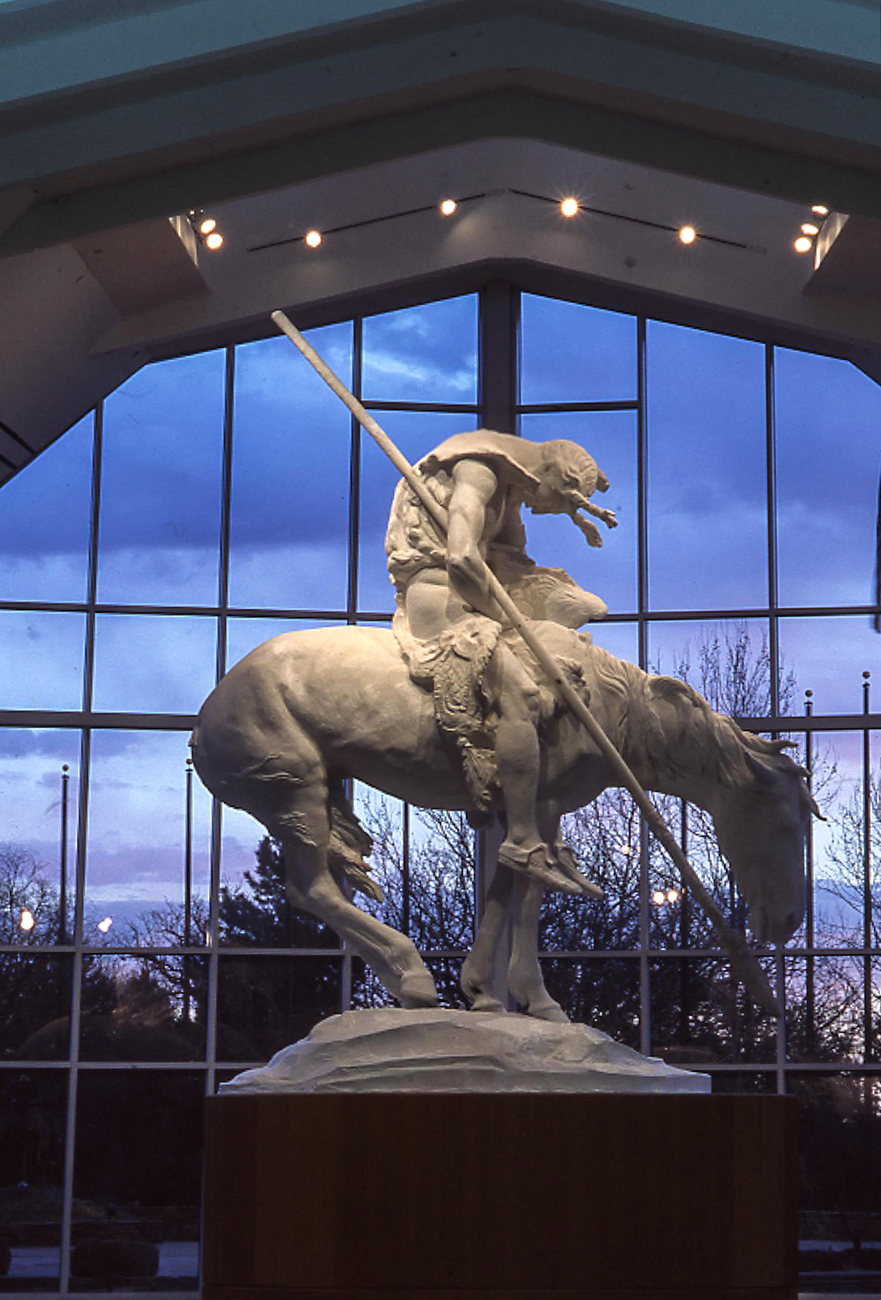
End of the Trail The Encyclopedia of Oklahoma History and Culture
The End of the Trail is a sculpture by James Earle Fraser. Fraser created the original version of the work in 1894, and he subsequently produced numerous replicas in both plaster and bronze. The sculpture depicts a weary Native American man, wearing only the remains of a blanket and carrying a spear.
End of the Trail The Portal to Texas History
1 listed Lewis and Clark NHT Visitor Centers and Museums Visitor Centers and Museums along the Lewis and Clark National Historic Trail Installed in 1990, the bronze End of the Trail statue commemorating Captains Meriwether Lewis and William Clark 4,000-mile, 18-month journey was created by Stanley Wanlass.

End of the Trail The Encyclopedia of Oklahoma History and Culture
Location: Indian Territory United States Participants: Cherokee Chickasaw Choctaw Creek Southeast Indian Eastern Woodlands Indians Context: Indian Removal Act Seminole Wars Proclamation of 1763 Key People:
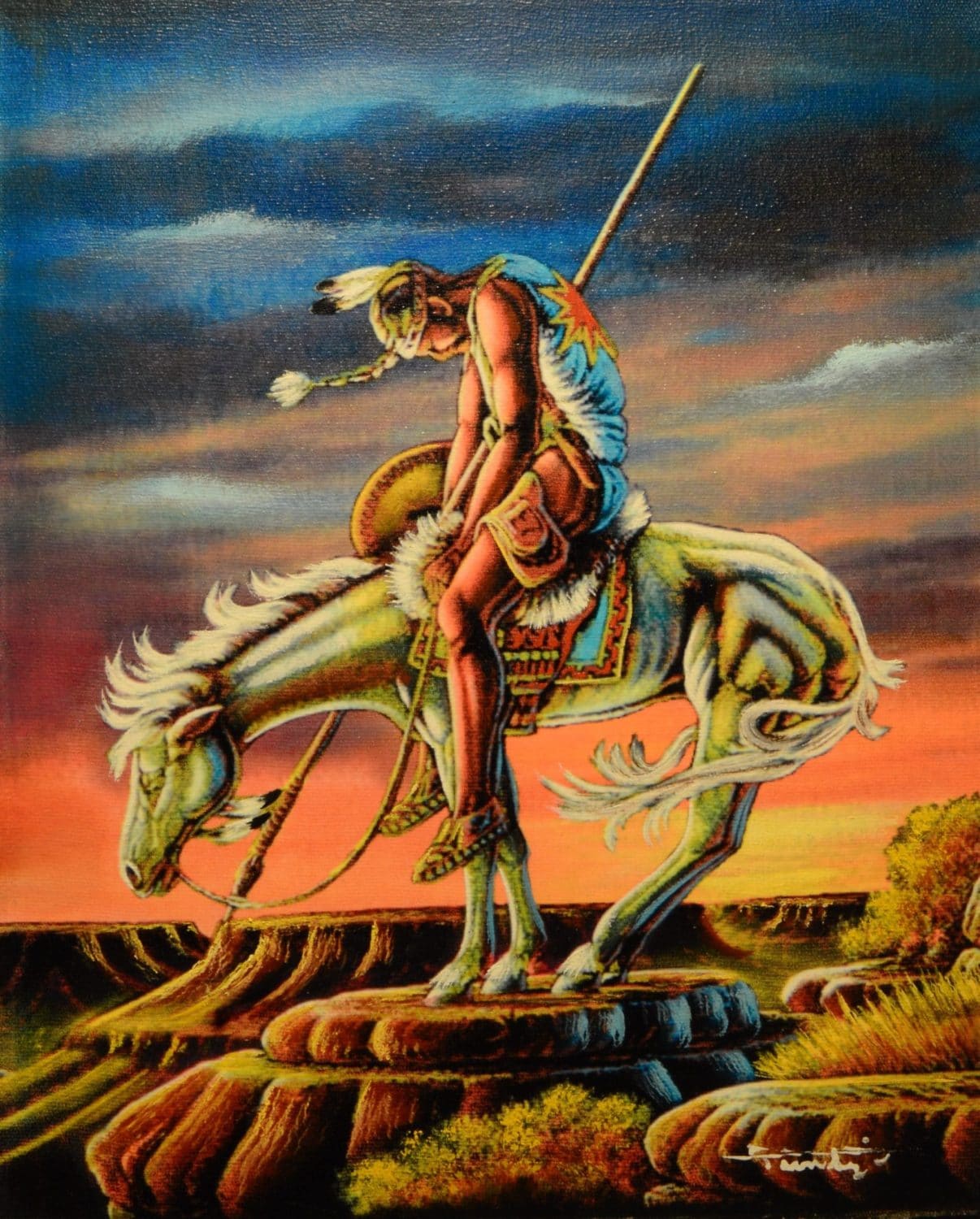
Oil Painting The End of the Trail Southwest Arts and Design
Among his earliest works were sculptural pieces at the World's Columbian Exposition of 1893 and, for the 1915 Panama-Pacific International Exposition in San Francisco, one of his most famous pieces, End of the Trail. Also for the San Francisco Exposition, Fraser created a "mate" to "End of the Trail," called "The Pioneer".
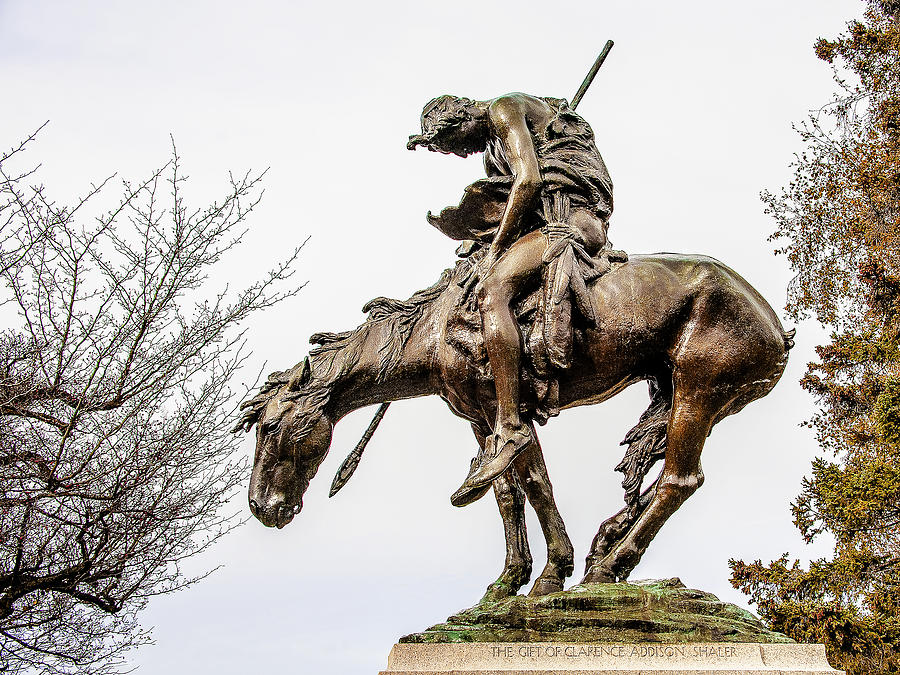
End Of The Trail Photograph by Mark Fuge Fine Art America
The Appalachian Trail is over 2,190 miles long, according to the National Parks Service. The trail stretches from Georgia to Maine. Forester and regional planner Benton MacKaye came up with the.
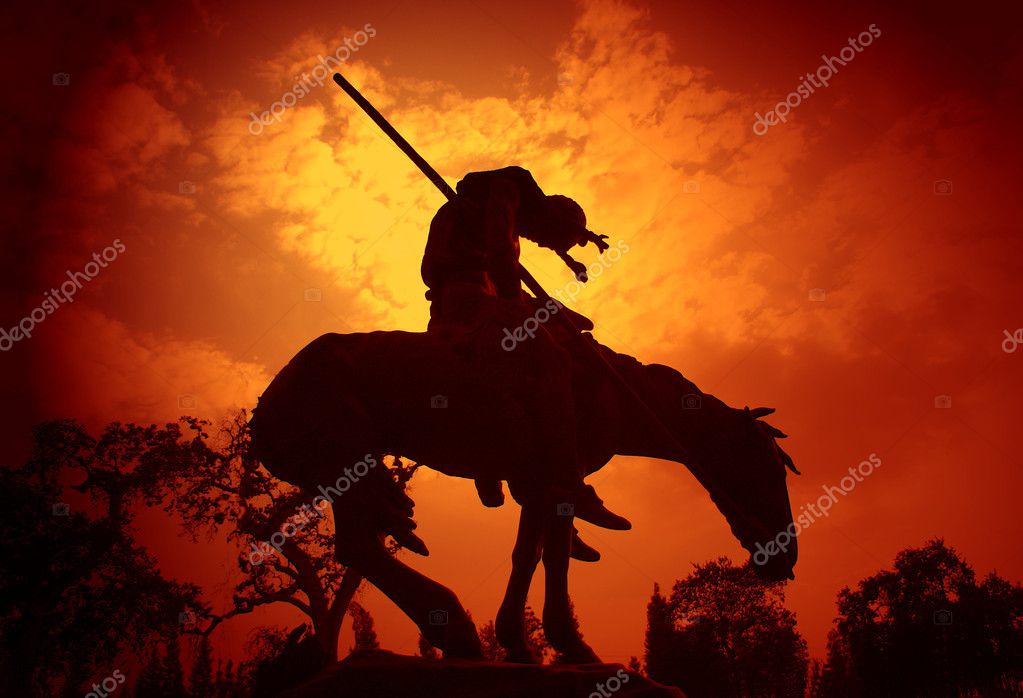
End of The Trail — Stock Photo © Shousephoto 1511442
Provenance Title: End of the Trail Artist: James Earle Fraser (American, Winona, Minnesota 1876-1953 Westport, Connecticut) Date: 1918, cast 1918 Culture: American Medium: Bronze Dimensions: 33 x 26 x 8 3/4 in. (83.8 x 66 x 22.2 cm)

133 best End of the Trail images on Pinterest Trail, Indian art and
In 2021 the Washington, D.C.-based Rails-to-Trails Conservancy named the trail to its Rail-Trail Hall of Fame, which recognizes "exemplary" rail-trails around the country. Annual permits.
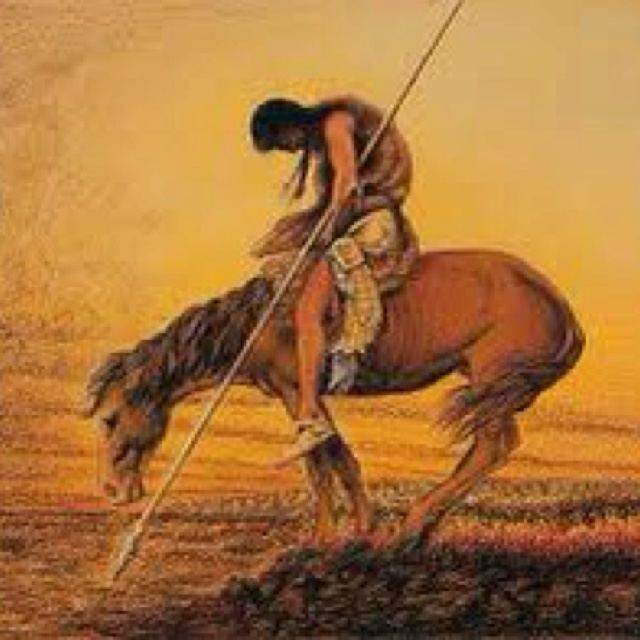
End of the Trail (Wisconsin) Alchetron, the free social encyclopedia
The Hawks scored twice in the second period to rally from a one-goal deficit and beat the Calgary Flames 4-3 at the United Center on Sunday and end a five-game skid. Advertisement

My friend must be a Bird "End of the Trail"
Created by American-born sculptor James Earle Fraser (1876-1953), End of the Trail, a representation of an American Indian on horseback, has endured to become one of the most recognizable images in the United States. Fraser was born in Winona, Minnesota, and spent much of his childhood growing up on the Great Plains in Mitchell, South Dakota.
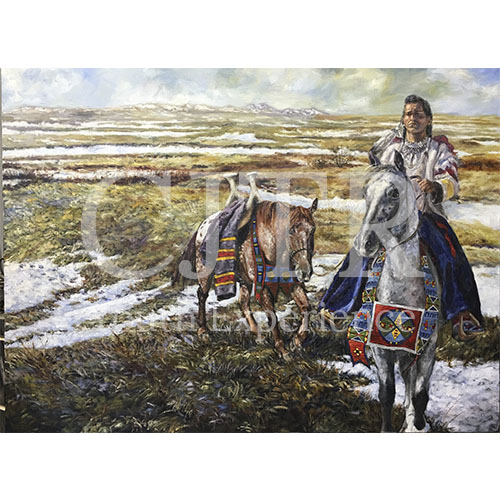
End of Trail CJTR Youth Experience
End of the Trail. erode, at its feet. I grew up on this ground, in my grandmother's house. On every surface, a statue. Every wall. deep in snow. Like our home was the museum, and why not—collect the Russells, Millers, Wyeths, too. in the what was left.

End of the Trail 2x Matted 24x20 Black Ornate Framed Art Print by James
The End of the Trail. One of the most famous Western American images ever conceived, James Earle Fraser's celebrated sculpture The End of the Trail captures the despair of Native Americans over the loss of their homeland, simultaneously drawing attention to their plight and poignantly celebrating their indelible character. Raised on a family ranch in the Dakota Territory, present-day South.

End of 2015 Review How have you done on your theme? One Step Outside
The End of the Trail, as a sculpture or image, is one of the most recognizable symbols of Native Americans in the United States. The lone, weary warrior slumped across his equally tired horse is frozen in time.
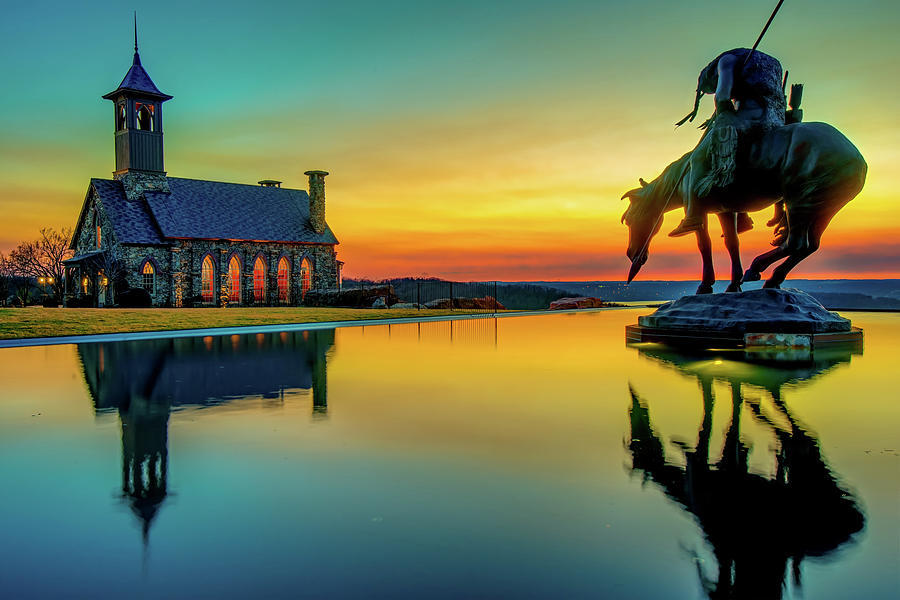
End of the Trail Sunset Reflections Top of the Rock Branson
The End of the Trail 1918 James Earle Fraser (American, 1876-1953) Cast by Gorham Co. Founders Discover More One Theme, Multiple Voices The End of the Trail, James Earle Fraser's best-known sculpture, has come to symbolize the genocide of Native American peoples amid relentless westward expansion.